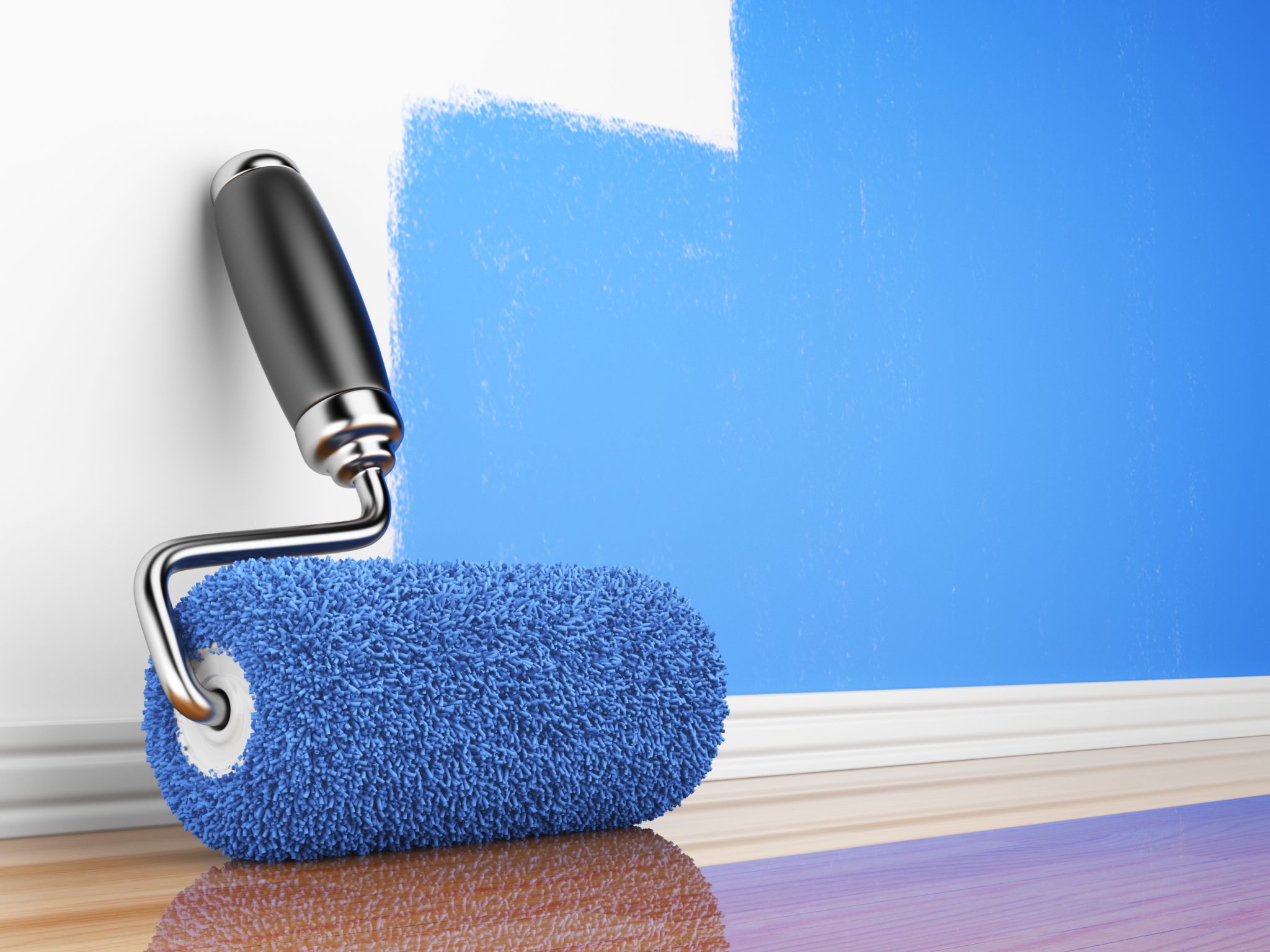Before you get knee-deep in your next painting project, there is specific planning and preparation that needs to occur to make sure the result is what you want to see. After you plan out what rooms, colors, and coats are going to be used, make sure you pull back the reigns and start off on the right foot. The right foot for any painting project is starting with using the correct prime coat(primers). There are many benefits of using primers. What primer you use is based upon the surface you are painting on and what paint will go on top. Our seasoned painters in Mount Laurel provided some information regarding primers and primer selection.
Benefits Of A Primer Coat
There are many important benefits of a primer coat that can allow for a durable, beautiful makeover to take place. The goal of prime coat is to seal the base surface so extra coats of paint are not needed and don’t soak into the base surface. Primer does an amazing job of hiding natural blemishes and eyesores like joints and seams. Primer prevents anything from showing through the main coats to allow for a long-lasting paint job for your rooms. Primer can be applied to many surfaces such as masonry, metal, wood, and much more.
Primer is usually a neutral color or completely clear. Neutral and clear colors are used to make sure the desired coats are shown through as much as possible. In most cases, you should look for a primer that has a slight pigment that gets close to your final color to be on the safe side. It ensures that nothing will bleed through and your final color is shown perfectly.
Different Types of Primers
There are three main types of primers. These three main types are oil-based, water-based, and all-in-ones. Each type of primer has certain characteristics that make them more effective based on the project.
Oil-Based Primers
Oil-based primers are a great option for surfaces that are prone to be touched a lot. A young kid’s playroom, doors, windows, and cabinets are ideal areas for oil-based primers to be used. Oil-based primers can be a pain to apply to an extent due to mineral spirits being required for thinning and post-cleanup. Oil-based primers work incredibly well with sealing tough surfaces such as wood and rough stains.
Water-Based Primers
Water-based or latex primers are great stain-blocking agents and work well on surfaces that have spots filled with binding paste. If strong cracking resistance is important, water-based primers are recommended and should be used against new drywall and bare wood. If you are priming wood, be sure to test it out on a small area to ensure the wood grain does not rise. Water-based primers can be effectively used on brick, metal, and plaster as well.
All-In-One Primer
An all-in-one primer is designed to not only seal but cover a surface within one coat. An all-in-one primer combines the properties of primer and paints together to offer a time-efficient solution to painting. All-in-one primers work best on new drywall or surfaces that have been previously painted. All-in-one primers do a great job covering an area but sometimes may require an extra coat. All-in-one primers are very thick and may not be the best solution depending on the situation. All-in-one primers are not recommended for surfaces that require a high degree of bonding, sealing, and stain prevention.
If you have any questions or concerns regarding primers, reach out to Rainer Painting anytime at 856-786-8121!

